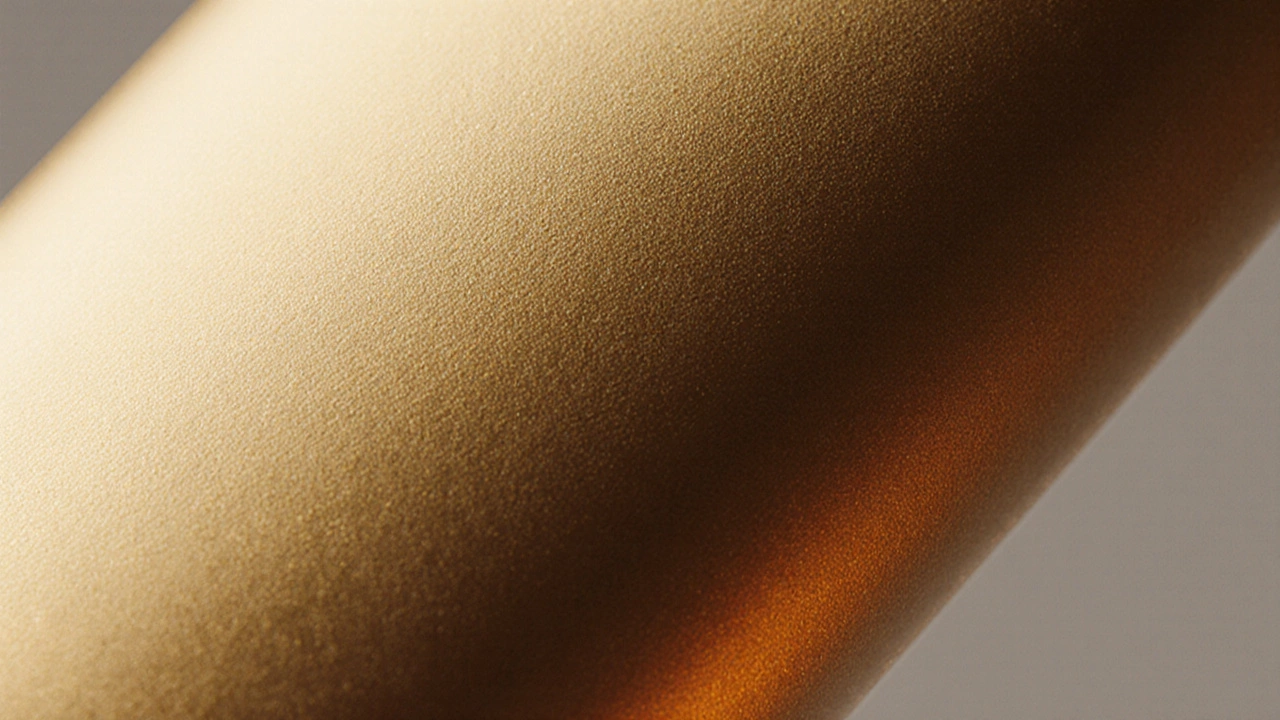
Learn the exact hex, RGB, CMYK and Pantone codes for an expensive gold shade, see how to apply them across web, print and UI design, and stay accessibility‑friendly.
When working with Gold Hex Code, the six‑digit hexadecimal value that represents the color of gold in digital media. Also known as #FFD700, it helps designers match the warm glow of real gold on screens. Understanding this code opens up precise control over branding, UI elements, and printable graphics.
One of the most common Hex Color Code, a six‑character string that tells computers which hue to display
#RRGGBB, the gold hex code lives alongside its RGB Values, the red‑green‑blue numeric triplet that defines color intensity (255, 215, 0). Knowing both formats lets you switch between CSS and graphic‑editing tools without guessing.In Web Design, the practice of creating websites and apps, gold isn’t just decorative; it signals luxury, celebration, or cultural heritage. Picking the right gold hex code means balancing contrast, accessibility, and brand identity. For example, a deep, muted gold like #B8860B works better on dark backgrounds, while the classic #FFD700 shines on light pages.
Good gold hex code selection starts with Color Theory, the study of how colors interact and affect perception. Complementary hues such as deep navy or charcoal boost gold’s richness, while analogous shades like amber and orange keep the palette warm. Understanding these relationships lets you build designs that feel intentional rather than random.
Beyond aesthetics, accessibility guidelines (WCAG) demand sufficient contrast between gold text and its background. Using tools that convert the gold hex code to its luminance value helps you test whether the contrast ratio meets the 4.5:1 minimum for normal text. If it falls short, tweaking the hex code slightly—say, moving from #FFD700 to #E6C200—can solve the issue without losing the golden feel.
Developers also benefit from knowing the gold hex code’s role in gradients and shadows. A smooth transition from #FFEC8B (pale gold) to #B8860B (dark gold) can add depth to buttons or headers. When combined with CSS variables, you can update the entire site’s gold palette with a single line of code, ensuring consistency across pages.
Many branding teams treat the gold hex code as a trademark element. For instance, luxury hotels often lock down a specific shade—like #C5A880—to protect their visual identity. In such cases, the hex code becomes a legal asset, and knowing its exact representation prevents accidental off‑brand usage.
When printing, the gold hex code must be converted to CMYK or Pantone equivalents. While #FFD700 looks bright onscreen, its print version may require a mix of cyan, magenta, yellow, and black (C:0 M:15 Y:100 K:0) or a spot color like Pantone 872 C. Understanding this conversion ensures that the digital and physical versions of your design speak the same language.
Finally, cultural context shapes how people read gold. In Indian weddings, gold symbolizes prosperity and is often featured in invitation designs. Choosing a culturally resonant gold hex code—perhaps a richer shade like #DAA520—helps the design connect emotionally with the audience.
Below you’ll find a curated collection of articles that dive deeper into these topics. From the science behind hex values to real‑world case studies in Indian wedding décor, the posts cover everything you need to master gold hex code usage in design, branding, and beyond. Explore the list to sharpen your color‑choice skills and apply them instantly to your next project.

Learn the exact hex, RGB, CMYK and Pantone codes for an expensive gold shade, see how to apply them across web, print and UI design, and stay accessibility‑friendly.